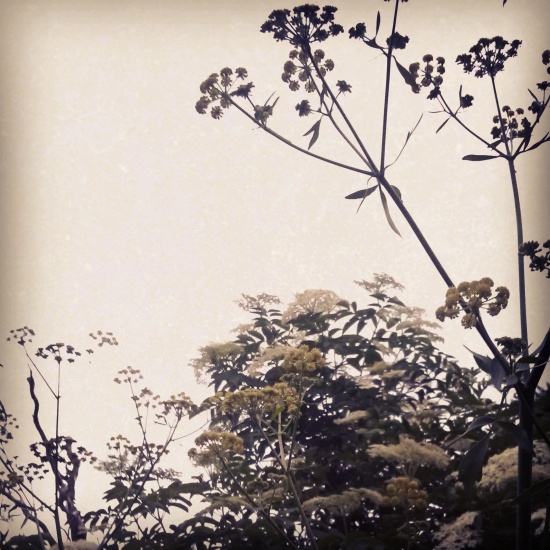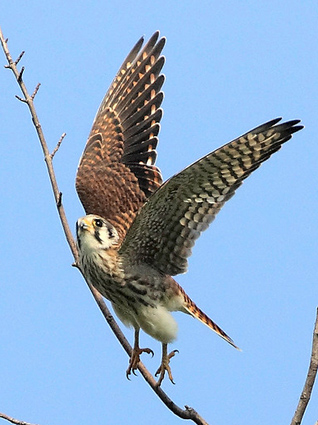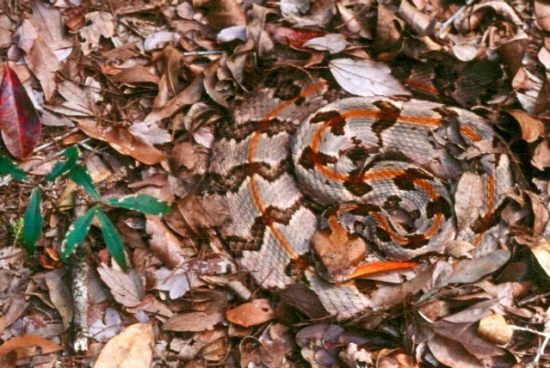
One of the many Elecampane (Inula helenium) plants that I started from seed last year, now blooming in Boston.
I began this post from my steamy bedroom a few nights ago, in the aftermath of the neighborhood’s Roman candle blasts and even louder late night party cackles. Summer, that grand doozy of a season, had spent the whole week sitting on this city, stifling everything and exhausting me as I did anything. I’d go for days in a wilt before some kind soul would grant me a blessing spun with lemon, lime, or watermelon. Naked water sat within me uselessly, my body stubbornly refusing hydration as it tsk-ed me for having such a lousy electrolyte balance. All was irate and fecund and full of color.
Arthur broke the everlasting sweat with his billions of raindrops, and now I can sit here in the backyard, an umbrella stretched over my little patch of sleepy, breezy afternoon, and feel pleasant and not at all sunstruck.
As I last wrote, June was a month of herbs. I taught several classes at Herbstalk, Allandale, and the Fenway Victory Gardens (of which there is YouTube proof). Herbstalk was especially amazing. I sold hundreds of plants and talked myself hoarse while trading ideas, tips, and techniques for growing and using healing plants with folks from all over the northeast.
Farmside, I sowed tulsi and am now watching it flower tinily, enjoying its fruity, spicy, sacred self as it wafts around the garden center and through the greenhouse.

The lovage and elder umbels of my victory garden.
In my own garden everything is amazing, or at least vigorous and vivacious. My favorite part at present are the umbels. Those beautiful wheels of infinitesimal blossoms are anchoring the space in the white of elder, the chartreuse of lovage, and the firm red (lightened with sweet little pale centers) of ornamental yarrow. I also had valerian, started from seed and glorious in its tiny blushing blooms, but something—rabbits, I’m sure—trampled it and now it’s tenaciously starting over again, about six inches tall after its towering 48, photosynthesizing and fattening sleepytime roots for the winter and fall.
I’m possibly busier than I’ve ever been before between the farm, landscaping, beekeeping, gardening, and general around-the-house-ing. And occasional socializing. And very infrequent resting. The living madness of my schedule has kept me from seeking out too much wildlife as of late, but I’m seeing tons of it incidentally which, really, is what I prefer.
The best bit of wilderness that I’ve lately encountered fell from the sky, tumbling suddenly into a tray of pots being carried by a coworker. It was a tiny, scowling, perfect fledgling of a swallow. The little bird, only slightly tousled, looked at us as we ogled and oohed, admiring its jaded gaze and amazing wings. Its wings were clearly its best feature. They were so clearly those of a barn swallow—dark and beautifully preened in an almost violet, parallel tilt that met elegantly in a point.
The tiny thing was clearly startled and shook slightly but its stare was steadfast, so fierce for such a miniature thing. Eventually we set the tray down on the ground, or started to before, without warning, the bird took flight. Its downy self, so squat and crabby, was instantly gorgeous as it flew through the wide open air, taking a pretty, curved path to its nest along the garage. What a pretty Independence Day.

Tiny swallow staredown







